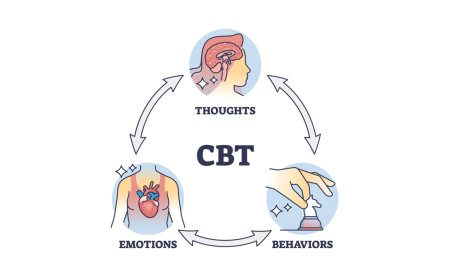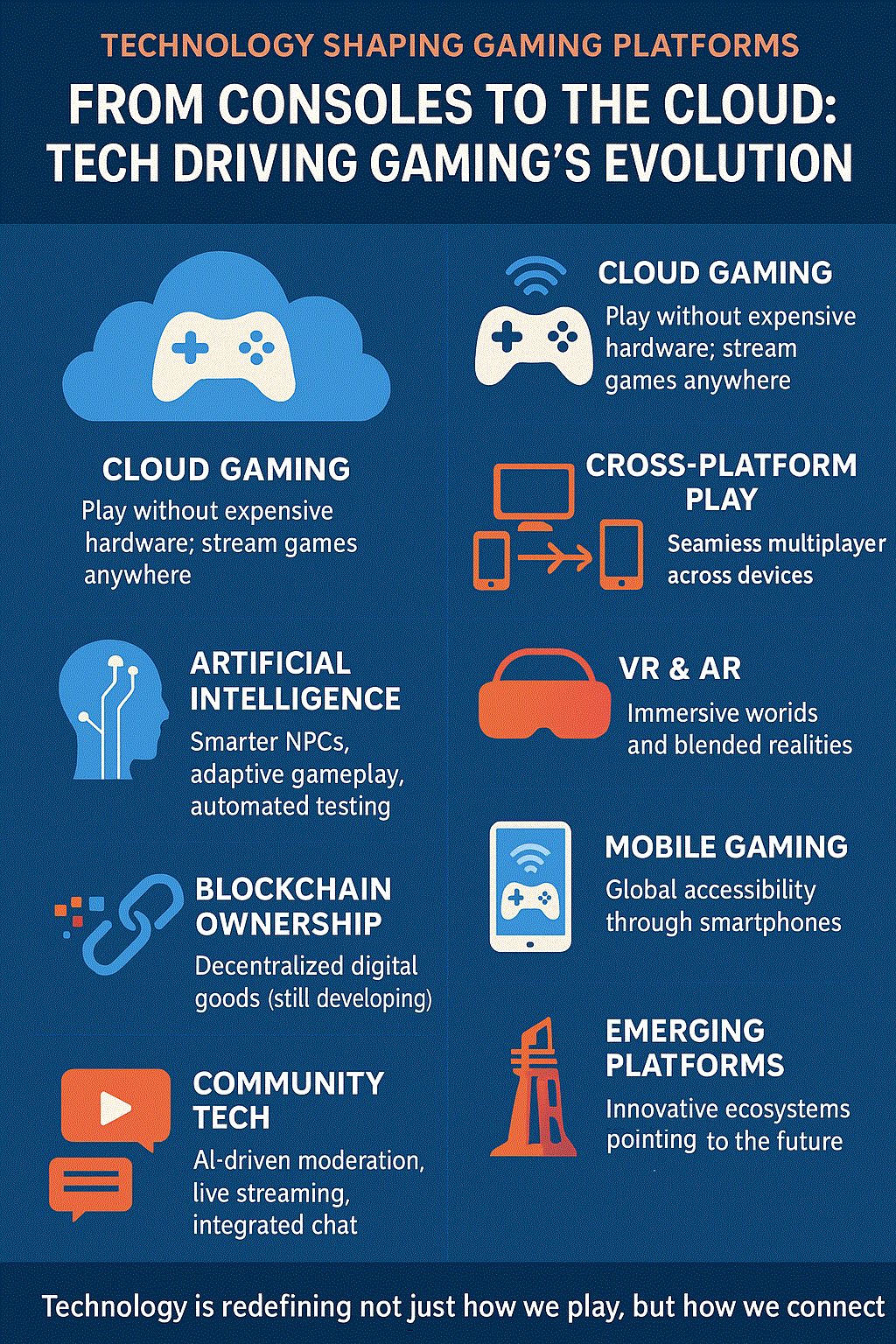Gluten-Free Snack Ideas for Kids with Celiac Disease
Explore healthy and tasty gluten-free snack ideas for kids with celiac disease. Learn how a Health And Nutrition Course can help parents understand dietary balance and support a gluten-free lifestyle.
For parents of children with celiac disease, snack time can be one of the most challenging parts of the day. While every child loves a tasty snack between meals, finding gluten-free options that are both healthy and kid-approved isn’t always easy. Gluten sneaks into many processed foods, from biscuits and chips to sauces and cereals, which makes it crucial for parents to understand what’s safe and what isn’t.
Celiac disease is an autoimmune disorder where gluten triggers the immune system to attack the small intestine, leading to nutrient absorption problems and discomfort. Therefore, kids with this condition must avoid gluten entirely to stay healthy and energetic. The good news is that there are countless delicious and creative gluten-free snacks available today. By understanding nutrition and how to balance snacks properly, parents can ensure their children enjoy food that’s both tasty and safe — something that’s covered in depth in a Health And Nutrition Course designed for understanding special dietary needs.
Understanding What “Gluten-Free” Really Means
Before exploring recipes and snack ideas, it’s essential to grasp what gluten-free truly means. Gluten is a protein found in wheat, barley, rye, and triticale. For kids with celiac disease, even trace amounts can cause symptoms such as stomach pain, fatigue, and bloating. Cross-contamination in kitchens or during food processing is another hidden danger parents must be aware of.
To ensure your child’s snacks are safe, it’s important to read food labels carefully and look for certified gluten-free symbols. Avoiding processed foods whenever possible and sticking to whole ingredients — such as fruits, vegetables, nuts, and seeds — can also help reduce risks. Learning about nutritional labeling and dietary balance through a Health And Nutrition Course can help parents make informed choices and manage a gluten-free lifestyle confidently.
Fruits and Veggies: Nature’s Perfect Gluten-Free Snacks
One of the simplest ways to provide gluten-free snacks is by relying on fresh fruits and vegetables. They’re naturally gluten-free, packed with vitamins, and easy to prepare. For kids, presentation often makes the difference — turning fruits and veggies into fun, colorful shapes can encourage healthy eating habits.
Try serving apple slices with peanut butter, cucumber rounds topped with hummus, or carrot sticks with yogurt dip. For variety, create fruit skewers with strawberries, grapes, melon, and pineapple — a fun, vibrant treat that kids will love. Smoothies made with bananas, spinach, and almond milk are another easy win for after-school energy boosts.
These snacks aren’t just gluten-free; they’re nutrient-dense, supporting the immune system and overall growth. Understanding how these food groups contribute to a child’s development is something parents can learn more about in a Health And Nutrition Course, where balanced diet planning for kids with allergies and intolerances is often discussed.
Creative Homemade Gluten-Free Snack Ideas
If you enjoy spending time in the kitchen, homemade snacks offer endless possibilities. They allow full control over ingredients, minimizing the risk of contamination while tailoring flavors to your child’s preferences.
Some fun gluten-free homemade snack ideas include:
-
Oatmeal Energy Balls: Combine gluten-free oats, peanut butter, honey, and chocolate chips to create bite-sized snacks packed with protein.
-
Rice Cake Sandwiches: Use rice cakes as the base, and top them with avocado, turkey slices, or almond butter for a satisfying crunch.
-
Mini Egg Muffins: Whisk eggs with chopped vegetables and bake in muffin tins for a protein-rich snack.
-
Sweet Potato Chips: Slice thin rounds of sweet potato, season lightly, and bake until crispy — a healthy alternative to packaged crisps.
When you make snacks yourself, you control every ingredient and portion size, ensuring they meet your child’s dietary needs. Parents who want to deepen their understanding of how ingredients impact digestion and health might benefit from a Health And Nutrition Course, which covers the science behind balanced eating and food safety.
Store-Bought Gluten-Free Snack Options That Are Safe
While homemade snacks are ideal, busy parents often need quick, reliable store-bought options. Thankfully, the gluten-free market has grown tremendously, and many brands now offer safe snacks for children with celiac disease.
Look for certified gluten-free products such as rice crackers, popcorn, nut mixes, and gluten-free granola bars. Brands like KIND, MadeGood, and Glutino specialize in gluten-free snacks that are both nutritious and delicious. Always double-check ingredients, as some products may contain hidden sources of gluten or be processed in shared facilities.
Frozen yogurt pops, cheese sticks, and pre-packed fruit cups are also great for school lunches or travel. By keeping a list of trusted gluten-free brands, you can make shopping faster and stress-free. Gaining nutritional knowledge from a Health And Nutrition Course can help you assess which packaged foods provide real nutritional value and which ones simply rely on marketing labels.
Balancing Taste and Nutrition
Children naturally crave snacks that are tasty and satisfying. The challenge for parents of kids with celiac disease is finding that balance between flavor and nutrition. Gluten-free snacks don’t have to be boring — you can combine different textures and flavors to keep things exciting.
For instance, try pairing sweet and salty elements, such as apple slices with cheese cubes or yogurt with gluten-free granola. Another idea is to make DIY trail mixes using nuts, seeds, and dried fruits. The goal is to provide snacks that are not only safe but also rich in fiber, protein, and essential vitamins.
Understanding how to balance macronutrients — carbohydrates, proteins, and fats — is key to maintaining steady energy levels and healthy growth in children. Parents can gain this kind of practical dietary knowledge from a Health And Nutrition Course, which offers guidance on creating nutrient-dense meal plans for kids with specific health conditions.
Avoiding Common Pitfalls in Gluten-Free Snacking
Even with good intentions, it’s easy to make mistakes when preparing gluten-free snacks. One common issue is cross-contamination, where gluten-containing foods come into contact with gluten-free ones. Using the same toaster, knife, or cutting board can unintentionally trigger symptoms in kids with celiac disease.
To prevent this, always use separate utensils, store gluten-free foods in sealed containers, and clean preparation surfaces thoroughly. Another common pitfall is relying too heavily on packaged gluten-free snacks that may be high in sugar, salt, or unhealthy fats. While these products are convenient, they don’t always offer balanced nutrition.
Developing the ability to read ingredient lists critically and evaluate the nutritional content of foods can be life-changing for parents managing their children’s diets. This type of expertise can be gained through a Health And Nutrition Course, where you learn to combine safety with proper dietary balance.
Encouraging Kids to Participate in Snack Preparation
One effective way to help children embrace a gluten-free lifestyle is by involving them in the process. Kids are more likely to eat what they help make, and it’s a great opportunity to teach them about healthy food choices.
Simple tasks like mixing ingredients, choosing toppings, or assembling fruit skewers can make snack time fun and educational. You can even make it a weekly activity where your child picks one new gluten-free snack to try. Over time, this approach builds awareness, independence, and a positive relationship with food.
Final Thoughts
Raising a child with celiac disease requires patience, creativity, and continuous learning. Gluten-free snacking doesn’t have to feel restrictive; in fact, it can open doors to healthier eating habits for the whole family. From fresh fruits and homemade treats to safe store-bought options, there are plenty of ways to keep snacks exciting and nutritious.
The key lies in understanding how food affects your child’s body and maintaining balance across all meals. By gaining foundational knowledge through a Health And Nutrition Course, parents can confidently plan gluten-free snacks that support their children’s health, growth, and happiness — ensuring that snack time remains both safe and enjoyable.
























